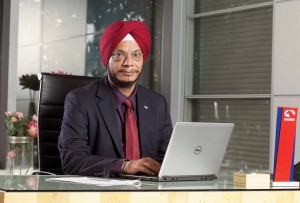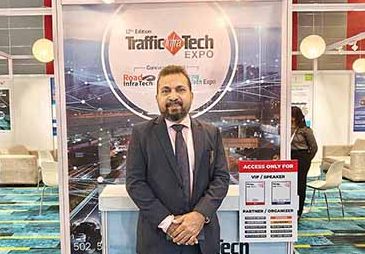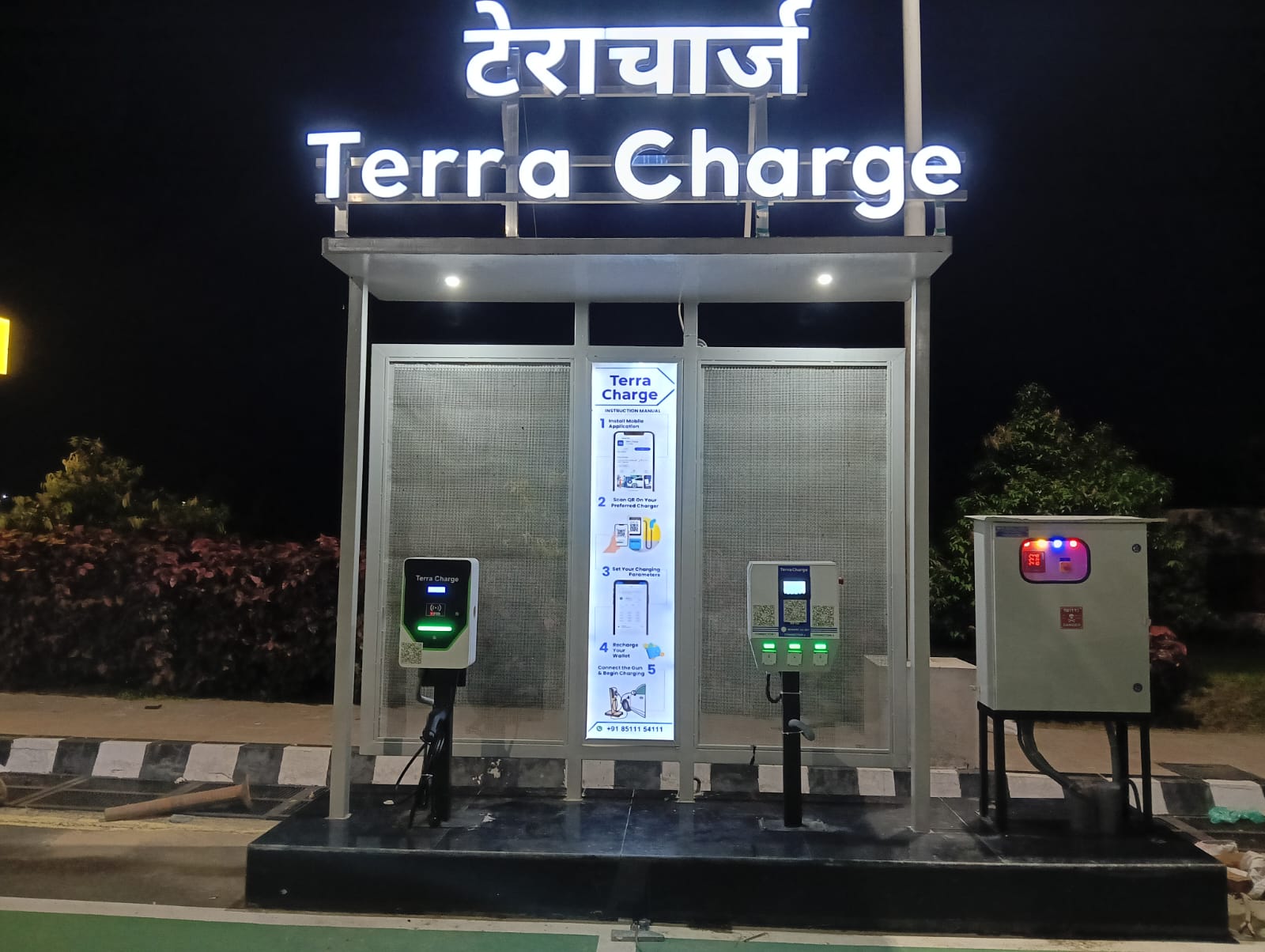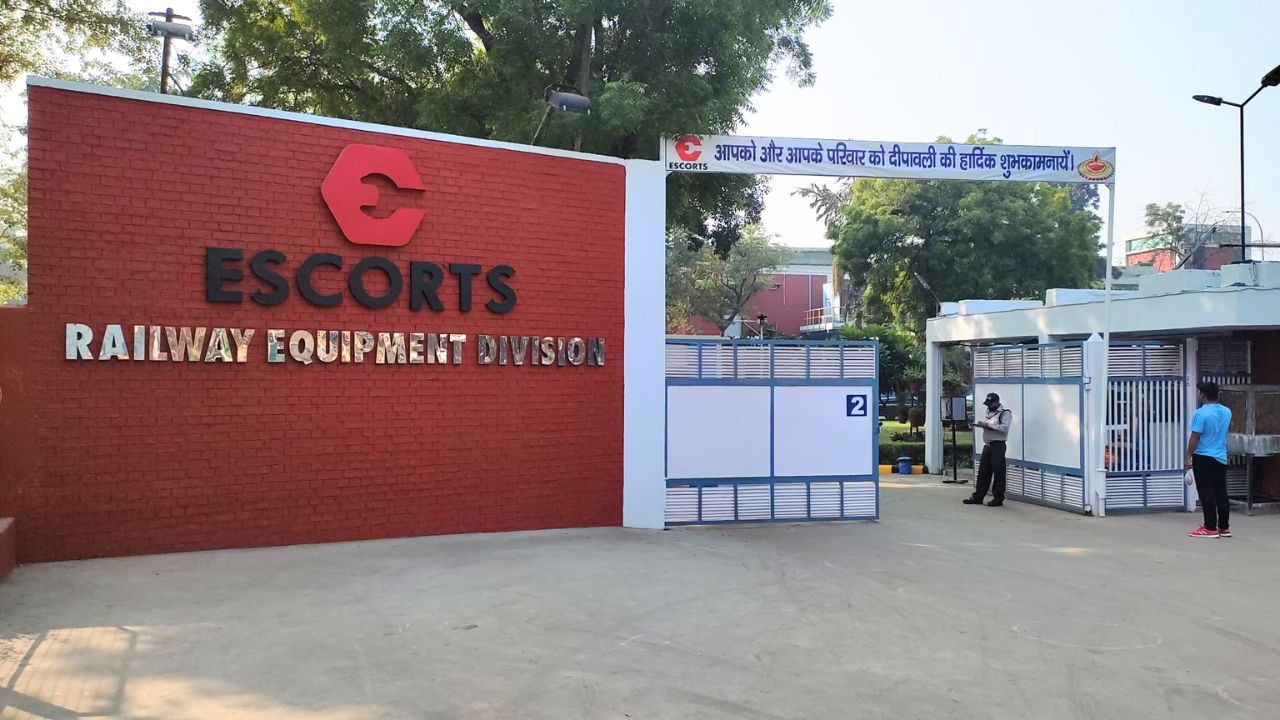Volvo Eicher Commercial Vehicles (VECV), a joint venture between the Volvo Group and Eicher Motors Ltd (EML), has entered the light and medium duty (LMD) commercial vehicles market by launching 1049. In an exclusive interview, R S Sachdeva, Executive Vice President, Technology, VECV, told Bhushan Mhapralkar about the role played by the components suppliers in its successful entry into the sub 5-tonne trucks segment. He also spoke about the company’s relations with its suppliers who are considered as partners and innovators and about the future plans for them. The editd excerpts:
Q: What role do the components suppliers play in technology absorption and ‘Indianisation’ of Eicher vehicles?
Sachdeva: Supplier relation assumes high priority at Eicher, and it is a part of Eicher’s DNA. Our dealing with the suppliers is on fair grounds. We focus on long-term relationships. We ensure good communication with them. Every month we convey to the suppliers what we sold in the previous month, and what is our plan for the next 3 months. We may falter in some of our plans by 5-7%. The information will help them know how the industry is progressing and gear up for the future. Every year we conduct a supplier conference in Indore. Over 800 suppliers attend this conference. Much communication takes place. We get an opportunity to tell the suppliers about our plans and what we would expect from them. We, at VECV, have been sourcing parts from our suppliers for export to Volvo entities, particularly engine parts that go into Euro VI engines.
Q: How does supplier relation help engineer new platforms like the 1049?
Sachdeva: Suppliers have a definite involvement in product engineering. In the Volvo Group, Supplier Involvement in Product Development (SIPD) is particularly strong. This is especially the case in terms of technology. SIPD is about upfront involvement of the supplier. We have mapped and introduced SIPD at VECV. Under SIPD, we have got a completely new product development process. The key critical requirement of this process is that technology development has to happen prior to product development.
For example, consider the technology development for Euro VI. It involves DPF or high efficiency SCR development. This technology should be developed independently of, and prior to the development of the product. Such a development is tough to perceive without supplier involvement. SIPD has to start right at the concept stage of the product. Supplier should be called at the concept gate itself; he should be told about the company’s aspiration and vision, and his inputs should be taken. The suppliers can directly develop some of the modules. We involve 8 to 10 suppliers like IAC, which develops cab interior parts, Bosch, Brakes India, and Meritor, in the SIPD process. They come and understand the concept, and what we are trying to do. They then commit their modules with our vehicle integration team. They also participate in the validation and DVP programmes.
Q: Does it indicate that suppliers are turning innovators?
Sachdeva: We are benefited by the innovations of our suppliers. For their module they are the best brains. We have often found that they have better idea about their module. When it comes to the entire product, we may have a better idea. Consider a turbocharger, the supplier has a better idea about extracting better fuel efficiency from it. We respect that. Many a times it gets difficult to crack an equation pertaining to achieving better fuel efficiency. Involving the suppliers helps. It is quite likely that a supplier will come out with an idea that we have not thought of. Such instances have happened with Cummins Turbo Technologies, with BorgWarner, and with many other suppliers. We ‘Indianised’ Volvo SIPD, as in Europe a supplier is expected to stand on his own. In India, the competency levels are not so high unless the OEM works and develops that supplier. That calls for a slightly different approach to SIPD. In Europe, the supplier accountability aspect is very high. In India, except the big suppliers, there may be a need to hand hold the suppliers and mentor them.
Q: Considering the supplier relations and ways of working, how modular is the recently launched Eicher 1049?
Sachdeva: The 1049 is highly modular. It reflects our ambition to evaluate the complete area below 5-tonnes. Modularity helps us to reduce the number and variety of parts, and to better organise the parts. It also helps at the store level, and at the aftermarket level.
Q: How much commonality of parts did you invest in while developing 1049?
Sachdeva: There’s commonality in 2 key aggregates – cabin and engine. This would help us with cost competitiveness.
Q: What was the driving force to develop and launch Eicher 1049?
Sachdeva: The Volvo-Eicher range is from 9 tonne to 49 tonne. In the light-to-medium duty (LMD), we have a range of 5.9-tonne to 14-tonne trucks. We have been very strong in this segment and have been commanding a market share of 30-35%. We have been thinking about entering the sub-5 tonne segment. This market is largely dominated by one or two other players. Growth in this segment has been slow. It hovers in the region of 9000 to 10,000 units.
The slow growth, we thought, has been for want of suitable products for the buyers in this segment, mostly small fleet operators in the urban areas or small towns. They want driving comfort, with spacious and comfortable cabins and good looks. The vehicle should deliver maximum fuel efficiency and load carrying capacity. We were busy pushing into the heavy-duty truck territory, and did not prioritise entry into the sub-5 tonne segment. We were also busy increasing our LMD market share at the higher end. Our focus towards the sub-5 tonne segment was drawn 2 years ago. We came to realise that the customer does not have a good offering. We then conceptualised and developed the 1049.
Q: With the 1049 launch, what are your plans?
Sachdeva: For the future, we are working on a complete product range. These would include new engines. The plan will unfold as we proceed. Preparations are on to meet the Euro VI emission regulations. In the sub-5 tonne range, there will be next generation cabs and engines. The Government and the judiciary are keen that we develop Euro VI technology and vehicles. Euro VI development is the most critical among the works that we have done so far. In this system, emission comes down by 80%. Euro VI would mean the carriage of a complete chemical plant on a truck, including the EGR, EPF, SCR, and a controlled OBD system. The chemical plant on the truck would act as an air purifier. Exhaust on Euro VI is going to be cleaner than the Delhi air.
Q: Did you receive any input from the Volvo Group?
Sachdeva: The styling of this cab has been done by Volvo like the other Pro series trucks, at the UD styling studio in Japan. The challenge was to keep the cost structure Indian and the appeal, mass market-oriented. We get help from Volvo for validation. We are investing in our engine development facility by keeping in sight the Euro VI emission regulations.
Q: How does the Eicher legacy match with the Volvo philosophy?
Sachdeva: Out of the 5 engines we have, 3 are legacy engines and 2 are Volvo engines. They range between 3- and 8-litre, and power trucks ranging from sub-5 tonne 1049 to 49-tonne trucks that we offer. The legacy engines have been upgraded to BS III and BS IV emission norms with Volvo technology. All the 5 engines thus use Volvo ‘EMS’ (Engine Management System) and Volvo cruise control technology. The fuel injection system is from Volvo, developed jointly with Denso of Japan. The engine control and operating system is Volvo- derived.
Q: Are you expanding capacity?
Sachdeva: We are increasing the capacity at the Pithampur plant. We are building a new HD line. We are investing at Pithampur because the economies of scale are much better. We have a well-developed ecosystem with suppliers close by. The incremental costs are much lower. We have 150 acre land at Bhopal, and a plant over it. Consider this: Our historical high has been 48,000 vehicles so far. This year we will do more than 60,000 vehicles. We have produced over 16,000 trucks in the first 3 months of this fiscal. We are looking at 28-30% growth this year. We are confident that we can carry out an incremental increase in capacity to 90,000 units before shifting to Bhopal.
Q: As part of the Volvo Group how do you look at the future of Eicher as a brand?
Sachdeva: The future, I think, its bright. This is one of the best JVs in the Volvo Group. Whatever technology we have absorbed from Volvo has been at an Indian cost. We continue to increase our market share in each segment. We are offering superior products with latest technology at mass market prices. We have been successful in localising technologies in India. If the 5- and 8-litre engines made at the Volvo Eicher Powertrain Technology (VEPT) plant were sourced from Japan they would have worked out to be much costlier. Post complete localisation and development, the cost of the engines is on par with the engines the competition offers. These engines have also been absorbed by many Volvo entities around the world, including Volvo Penta. They go to Thailand for the Quester range. In the next few years, you will see the 2 engines made here powering many new vehicles in different markets. ACI










Leave a Reply